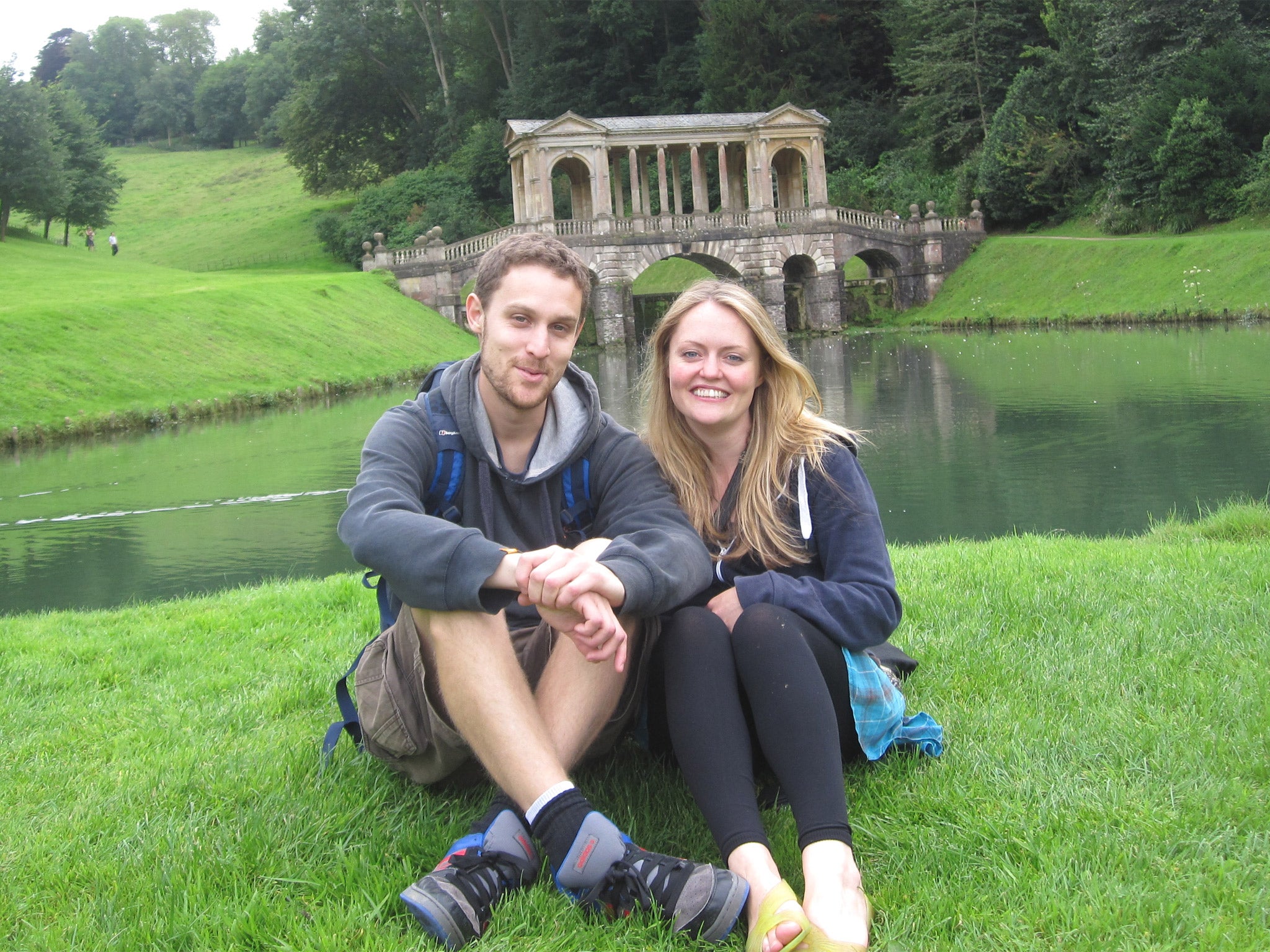Bride-to-be’s quest to find life-saving donor for her fiancé

Mike Brandon should have everything to look forward to, having completed a Masters degree and got engaged to his girlfriend, but today he is in hospital, dependent on a stranger to save his life.
Diagnosed with leukaemia earlier this year, the 29-year-old needs a stem cell transplant by July. His three brothers do not have the same tissue type so, like 70 per cent of the people who require such treatment, he is waiting on a stranger.
His fiancée, Kate Robertson, his fiancee, began a campaign group called Shake4mike calling for more people to sign up to the Anthony Nolan charity’s donor register. The goal of the campaign, which invites supporters to post a photo of themselves, “shaking their face at cancer”, was to bring home just how simple it now is both to register and donate.
“These processes are so much easier now,” said Kate, 31. “We want to defuse any concerns people have about donating. It’s such a marvellous thing to be able to save someone’s life… Sit down, give blood, four or five hours, then you’re on your way.”
She added: “Mike’s spirit and optimism since day one have been remarkable. He’s just calm, he’s not unrealistic that everything’s going to be a walk in the park, and just taking one day at a time.”
A transplant is the last resort for patients with leukaemia and other cancers of the blood, and effectively involves replacing the damaged blood cells with healthy new ones.
For Mike’s particular condition, a sub-type of acute lymphoblastic leukaemia, he requires three courses of chemotherapy followed by a transplant, which could take place by July if a donor is found.
Stem cells are produced in the bone marrow and it used to be the case that the only way to replace them was to have a bone marrow transplant, requiring the donor to have marrow removed from the hip bone with a syringe.
Fifteen years ago, however, this invasive, although very safe, procedure began to be replaced by peripheral blood stem cell collection (PBSC), which now represents around 90 per cent of all transplants of this type.
PBSC is indeed a remarkably straightforward procedure for the donor – little different to giving blood – and takes just a few hours. For the recipient, preparation for the transplant is still gruelling, requiring all existing bone marrow cells to be killed off, as well as any cancer cells. The immune system must also be effectively disabled to stop the donated stem cells being rejected.
However, for potential donors it has never been easier. Anthony Nolan, along with the British Bone Marrow Registry, are keen to emphasise how quickly people can register to donate – and how small a commitment that donation would represent in the event of a match.
“It’s become a really commonplace treatment and an opportunity for life that people wouldn’t have had a number of years ago,” said Ann O’Leary, head of register development at Anthony Nolan, which facilitated 1,200 transplants last year.
Join our commenting forum
Join thought-provoking conversations, follow other Independent readers and see their replies
Comments